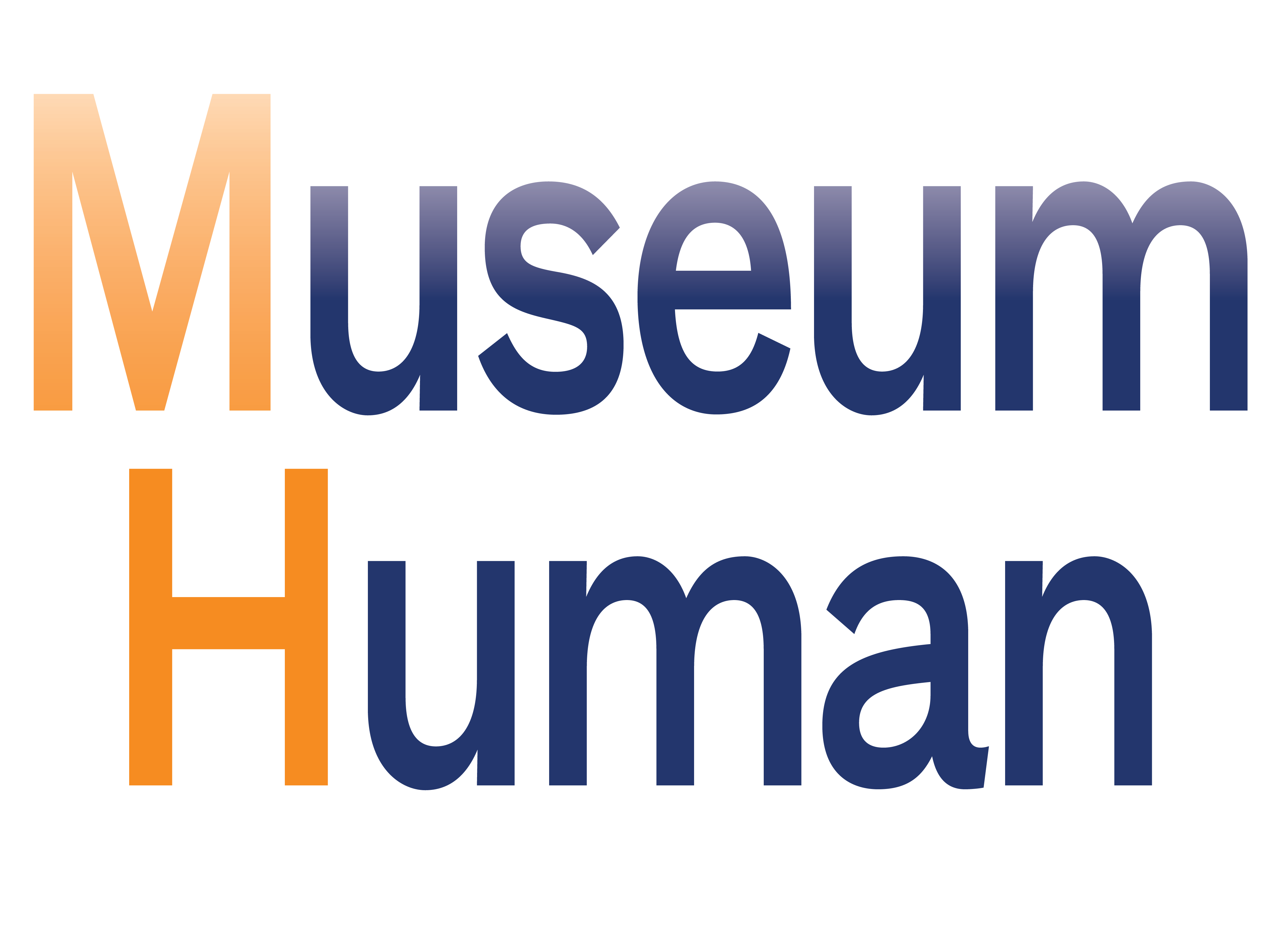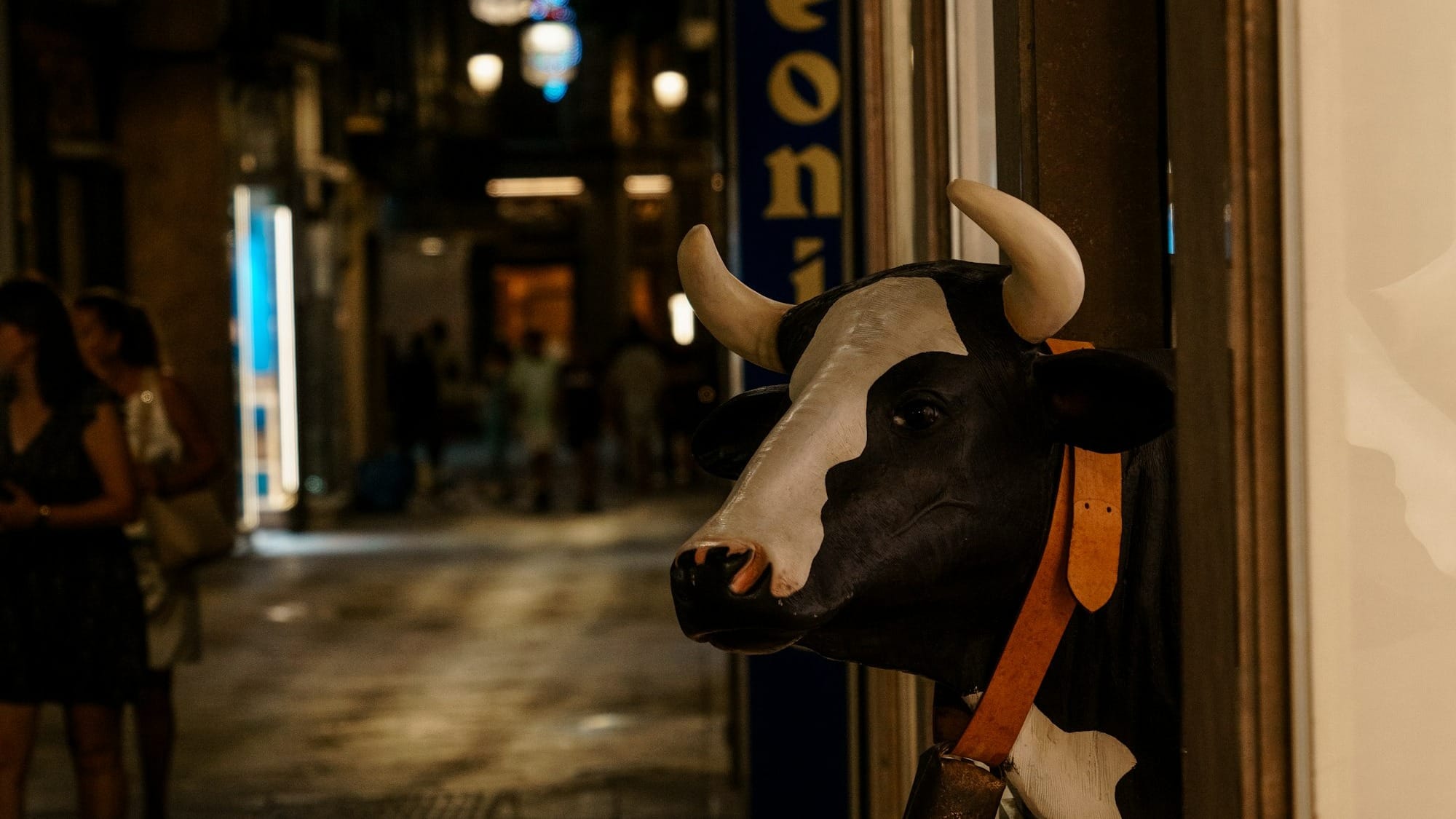
What destructive stories are we in the museum field told—by others and ourselves?
Let's use the title of the recent book Nine Lies About Work: A Freethinking Leader’s Guide to the Real World as a prompt and lens for this week's set of links. Marcus Buckingham (the StandOut Assessment is one of my favorite personality explorations—I'm a pioneer and a connector) and Ashley Goodall's work is worth reading, though if you're following this blog many of the findings will be unsurprising—even to the level of, "well, duh."
But why are we so accepting of these lies? Is it because it isn't just our museum-field leaders who tell them, but we ourselves? Certainly white museum workers, who have benefited from the power and privilege of the current museum model (even as many of them are themselves exploited by higher-ups), are complicit in the web of workplace lies about plans, goals, feedback, and potential.
If you're reading this and not a subscriber to Museum Human, consider scrolling to the bottom and signing up now—it's free and is the only way to read the site's longer weekly post on the organizational culture of cultural organizations.
This Medium article by Alice Greschkow is a useful review of the book. Here's a rundown of the nine lies:
Lie #1: People care which company they work for
Lie #2: The best plan wins
Lie #3: The best companies cascade goals
Lie #4: The best people are well-rounded
Lie #5: People need feedback
Lie #6: People can reliably rate other people
Lie #7: People have potential
Lie #8: Work-life balance matters most
Lie #9: Leadership is a thing
Of course some of these are a matter of degrees, but the list gets more interesting and counterintuitive, and therefore more subversive, as it goes on. Keep in mind that these lies were developed by leaders and the consultants who serve them. Yes, people do have potential, but when defined in a corporate context it's a way to rank workers and thus divide them. Same with work-life balance. Read this deeper dive into the book and then check out the full title.
What this means for museums: are your workplace beliefs generated by you, or by the institution and HR? Even the optimistic ideas like about potential, for instance? If a list were instead generated from the bottom of the org chart up, starting with front-of-house or from audiences (and not just wealthy members), how would it be different?
Another lie worth exposing is that if we just had the right hacks—or the right and flexible life—we would be more productive (and have more "me time"). The pandemic has brought this delusion even more into relief, as all bets are off while we're At Home Trying to Work. Of course, institutional activity levels don't help, but we've told ourselves the productivity lie for too long. Read this piece from Nonprofit AF (thanks to Elisabeth Nevins for tweeting out this link), which runs through what both workers and leaders can do to unwind this trap. This is gold:
4. We’re perpetuating exploitative and oppressive practices: Our sector has talked a lot about “burnout,” which does result from all of us working too much. On Twitter, disabled union organizer Maggie Levantovskaya (@MLevantovskaya) wrote “Why I prefer using the term exploitation over burnout: Burnout makes it about worker feelings. Exploitation draws our attention to employer practices and policies which require structural solutions.” The more we put up with systems that chew us up and spit us out, the more we normalize these exploitative practices.
We have to stop with the productivity obsession and the "laziness lie." Any workplace setup based on institutional, not worker, needs is going to be a lie. For more, read this piece from Anne Helen Petersen's excellent substack Culture Study.
What this means for museums: beyond the cult of busyness and the productivity obsession is a deeper sickness about what work means. Workers need to ask—and demand—a workplace model that doesn't just dance around the inhumane twins of scarcity and growth.
Finally, as a jargoneer, even I admit that too much of the stuff is a sign of overlapping lies within the organization. This Harvard Business Review piece (and you thought you'd get through an LOTW without an HBR link?) demonstrates that jargon, for all of its expertise-based comfort for siloed staff, is a sign of organizational and professional insecurity. We can only get past this by sharing and learning with and from each other across the organization. Jargon is just more of the lies we and our orgs tell ourselves.
What this means for museums: why do you have jargon? Is it necessary? What would you like to teach your colleagues from different teams and departments?
Enjoy the links!
If you're reading this and not a subscriber to Museum Human, consider signing up for a free subscription below—it's the only way to read the site's longer weekly post on the organizational culture of cultural organizations. Thank you for reading!
cover image by Tamanna Rumee on Unsplash [description: a circle of paper clips on a blue background]

Links of the Week: April 6, 2021: Lies o' The Times ... by Robert J Weisberg is licensed under a Creative Commons Attribution-NonCommercial-ShareAlike 4.0 International License.






